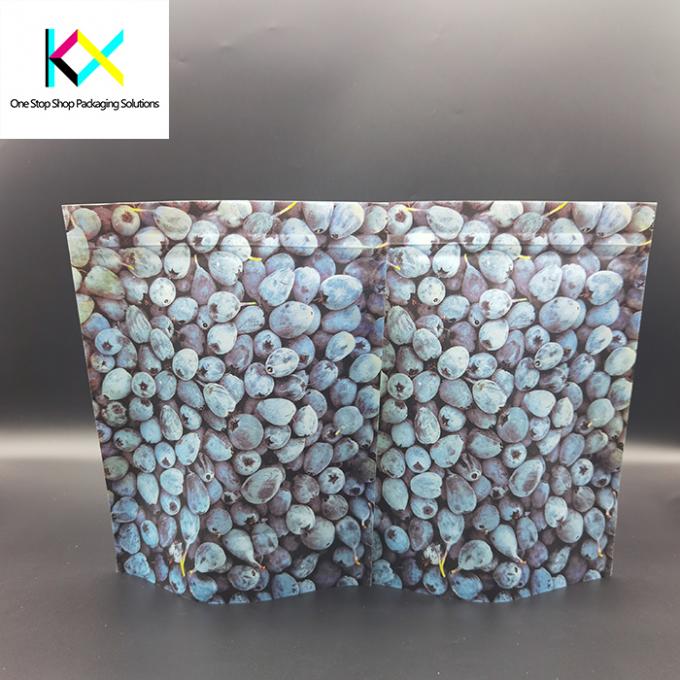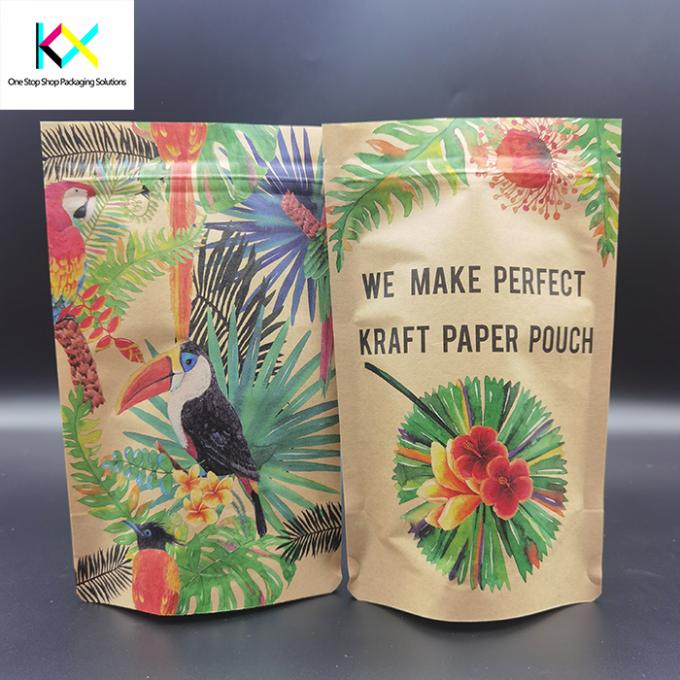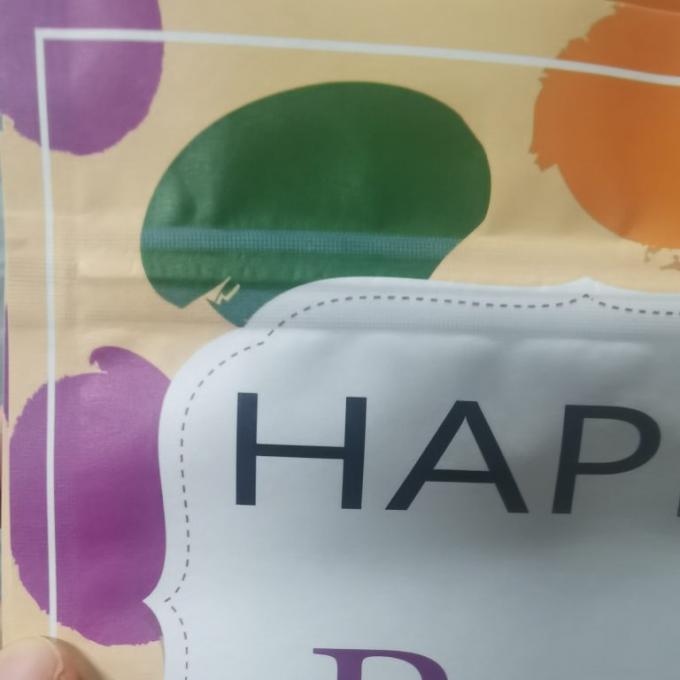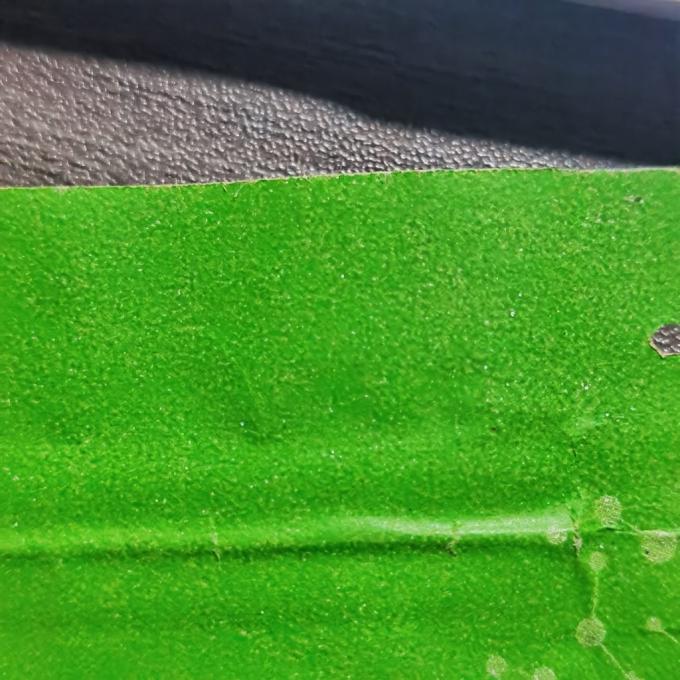1. Flexo Printing: Flexographic printing, often referred to as flexo printing, is a popular and versatile printing method
used in the packaging industry.
Flexo printing works well on kraft paper due to its ability to handle a range of substrates, including absorbent materials
like paper. Kraft paper’s porous nature allows it to accept ink effectively, resulting in clear and vibrant prints.
While flexographic printing on kraft paper offers various advantages, there are also some potential weaknesses
or limitations associated with this printing method:
Limited Image Resolution: Flexo printing may have limitations in achieving extremely high image resolutions
compared to other printing methods like offset or digital printing. Fine details and intricate designs might
not be reproduced as sharply.
Ink Odor and Migration: Depending on the type of ink used, flexographic printing may produce odors,
and there could be concerns about ink migration into the paper substrate.
This is particularly relevant in the food packaging industry, where strict regulations on ink safety apply.
Print Consistency: Achieving consistent print quality across large print runs can sometimes be a challenge.
Factors like variations in ink viscosity, substrate absorption, and plate wear can impact print consistency.
Cost of Plate Production: While flexo printing is cost-effective for large print runs, the initial cost
of producing printing plates can be relatively high. This cost is spread out over the production volume,
making it more economical for large-scale jobs.
High MOQ: Flexo printing normally need up tp 100k or even more pieces MOQ.





